Table of Contents
Protein is a very essential ingredient for humans, especially for athletes and physically active people. However, you may have heard the theory that if protein undergoes some form of cooking, it loses its nutritional value. Does this mean that all the fitness pancakes or cakes with protein are less nutritious? If you have believed it so far, you have been wrong because this argument is a myth. To understand the denaturation and the changes that it causes in the protein, we need to start from scratch.
What is protein?
The human organism needs different types of molecules and among the most important are protein molecules that contain nitrogen and are made up of amino acids. Protein molecules form the basic building particle of muscles and other tissues in the human body. Even the name indicates that it plays a key role in human health. The word “protein” comes from the Greek “Proteos”, which means “first” or “first place”. Each protein has its place of action and the tasks it carries out. Proteins functions can be divided into 9 basic areas [2] [6]:
- Growth and preservation of tissues
- Biochemical reactions
- Transferring communication between cells
- Tissue structure
- Maintaining the correct pH
- Fluid Balance
- Strengthening the immune system
- Transfer and supply of nutrients
- Energy security
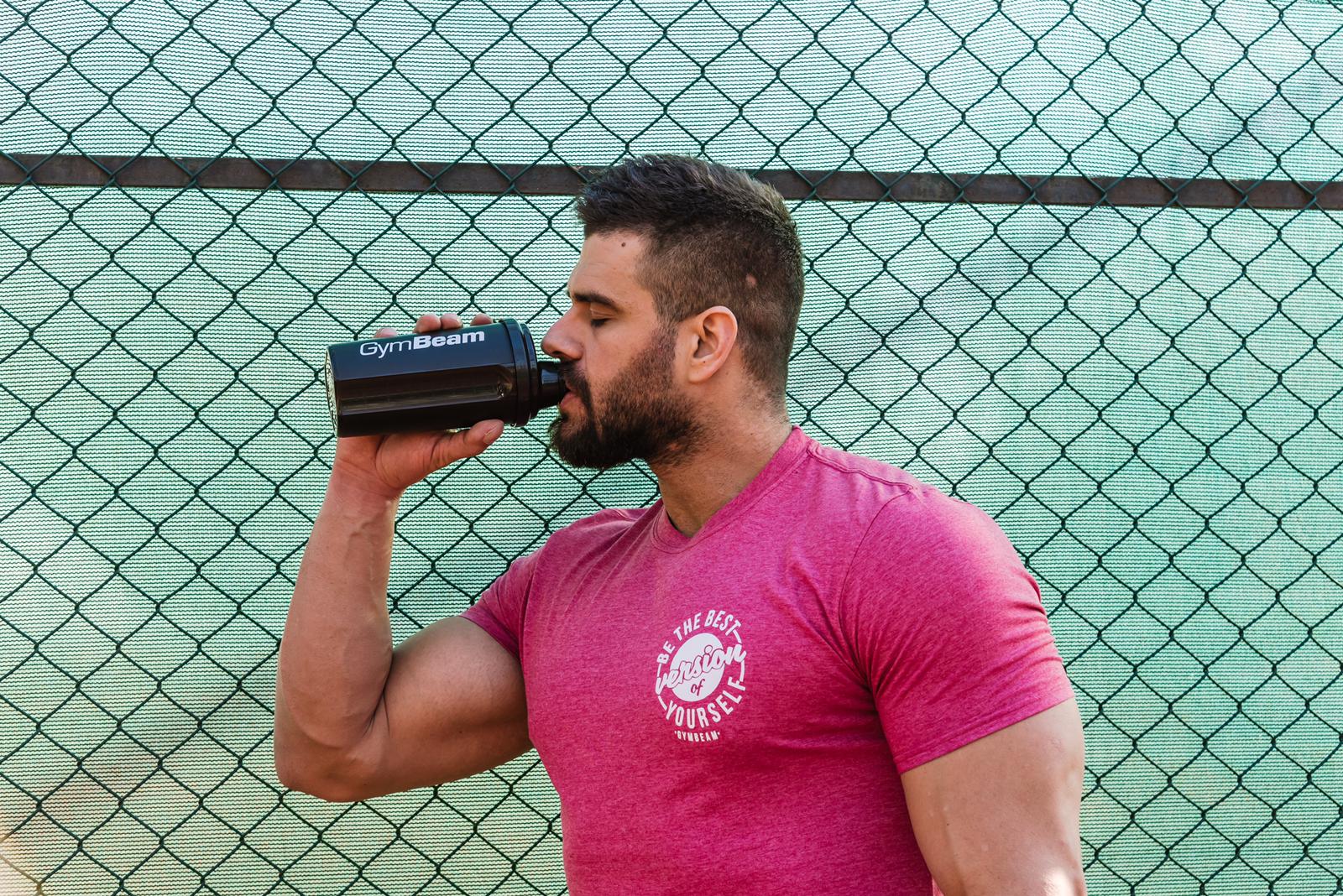
Protein molecules have a different size that depends on the number of amino acids. Among the small molecules we can classify, for example, insulin, which forms 51 amino acids, and on the other hand, very large molecules include titin,which has a length of almost 27 000 amino acids. However, the size of the molecules does not matter, for the proper functioning they must be in an appropriate shape. Each type of protein has a unique shape that determines the role of a given protein in the body. Try to imagine proteins as the keys that belong only to certain doors in the human body. [2]
The human metabolism breaks down proteins into simpler particles – amino acids. For the growth of muscle mass and metabolism 20 amino acids are needed, while 11 of them are non-essential. This means that our body can create them – and do not need to receive them from the food. The remaining amino acids are identified as essential and the human organism receives them from diet and dietary supplements. Muscle tissue cannot grow or regenerate without them. To learn more about the importance of amino acids, see article EAA essential amino acids and their effects, sources, and dosage. [1]
You might be interested in these products:
What is the protein denaturation?
Denaturation is a process in which the structure of the molecule of protein is broken, thereby loses its function. Protein-shaped differences can be caused by [7]:
- Temperature change
- pH Change
- Exposure to chemicals
When denatured, the shape of the protein is changed, but the amino acid sequence remains the same. The purpose of a protein in the form of a supplement is to replenish a sufficient amount of protein in which the digestive system can cleave and thus supply muscle tissue. This function of protein is not lost when heated.
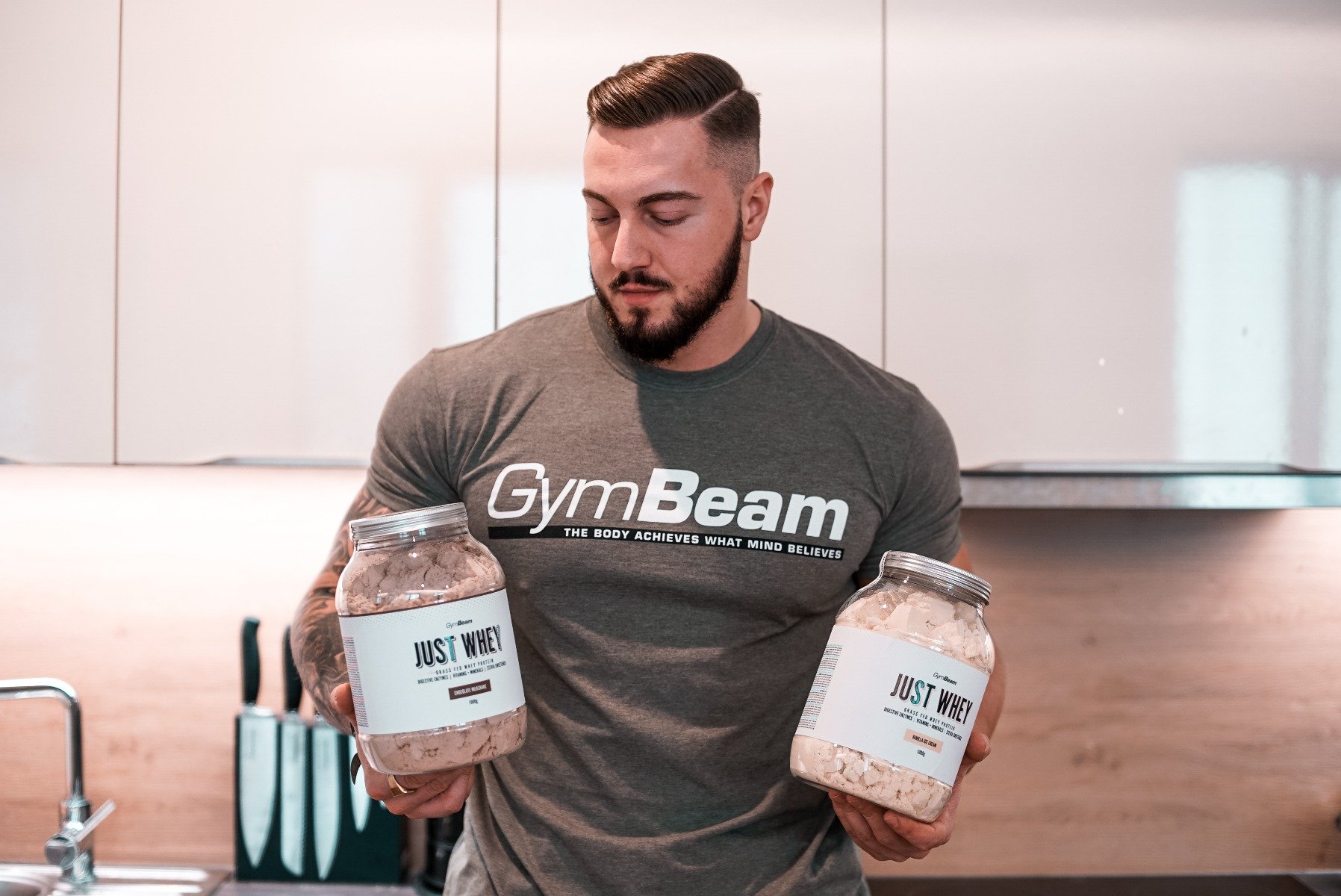
A good example is a protein called pepsin, which performs the role of the enzyme and breaks down proteins in the stomach. It only works with low pH, in an environment with a higher pH it loses its function and is denatured. Therefore, a very low pH is maintained in the stomach that ensures the proper functioning of the pepsin. [2] [7]
The heat is used for the breakage of hydrogen bindings and non-polar hydrophobic interactions in the protein molecule. The higher temperature will increase kinetic energy and cause the molecules to start to vibrate very quickly until the links between them are destroyed. The protein molecule unfolds from its 3D structure, and this will allow better access of digestive enzymes to the protein bindings.[3]
That’s why foods are cooked in order to change the structure of the protein, making them easier to digest. For example, this process happens when you cook the eggs. The protein of the eggs is denatured and precipitates while being cooked. After the consumption of cooked eggs, digestion and absorption of the nutrients involved are faster. You may be surprised that the same process also occurs during the sterilization of medical devices. The heat denatures proteins in the bacteria which destroys the bacteria and disinfects the objects.[3]

Cooking, baking and protein content
Proteins can be consumed naturally from the foods or through supplementation of various types of protein. With both forms, some people have useless fears that heat preparation destroys the nutrients in the protein. For a better understanding, we, therefore, list the nutritional changes that occur when cooking 4 most common sources of protein [5]:
1. Meat
While cooking meat, protein content does not change. At the University of Wisconsin, the research found out that meat frying or grilling does not affect the content of the protein. In addition, cooking meat with a higher content of fat has also a further advantage. Heat preparation reduces almost half of the fat in the meat. Regardless of whether it is a lean or more fatty meat, protein and iron content does not change.
2. Legumes
When cooking legumes, some nutrients remain in the water. If you want to maintain a higher nutrient content in legumes, try to prepare them over steam. If you don’t want to lose the nutrients that stay in the water, we have a tip for you. Boil legumes in the minimum amount of water that you can further use to prepare soups or sauces after cooking.
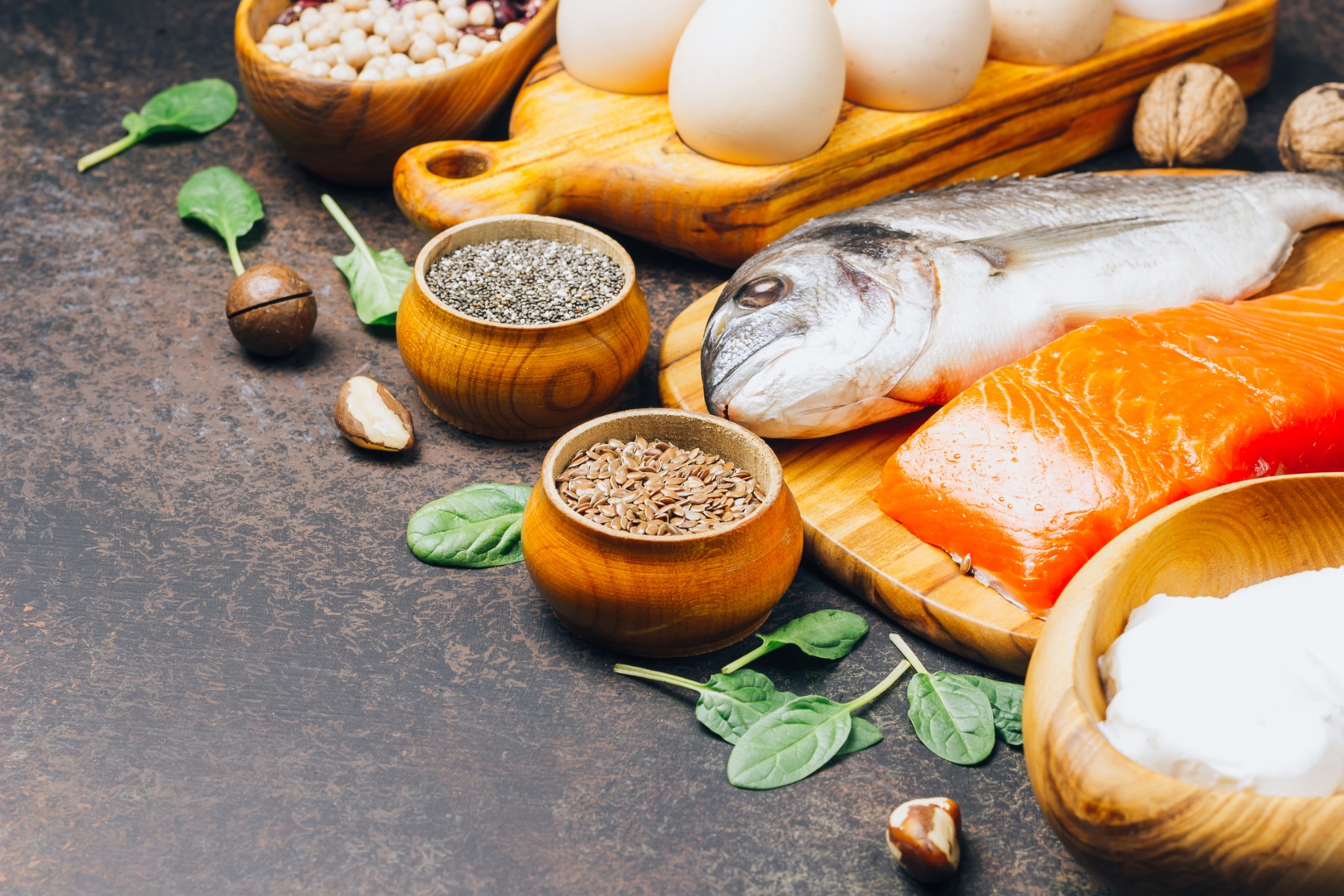
3. Fish and Seafood
During boiling the protein in the soldering collagen is literally melted, therefore the cooked fish is cut into fine pieces. If the fish is cooked shortly and at high temperature, it remains moist, tender and retains the protein content. With longer cooking and drying of the fish, the amount of protein in it is reduced.
4. Eggs
During boiling the protein in the eggs changes its shape, but not the quantity. Egg white contains 10% of protein before and after cooking. The transparent consistency of the whites is changed when cooked but does not affect the protein content. The amount of protein does not change even when the whites are whipped. When whipping, there is a change in protein bindings because the air gets into the egg-whites structure. If you left the whipped whites for a tiny bit without touching them, you would notice that they returned to their original liquid form
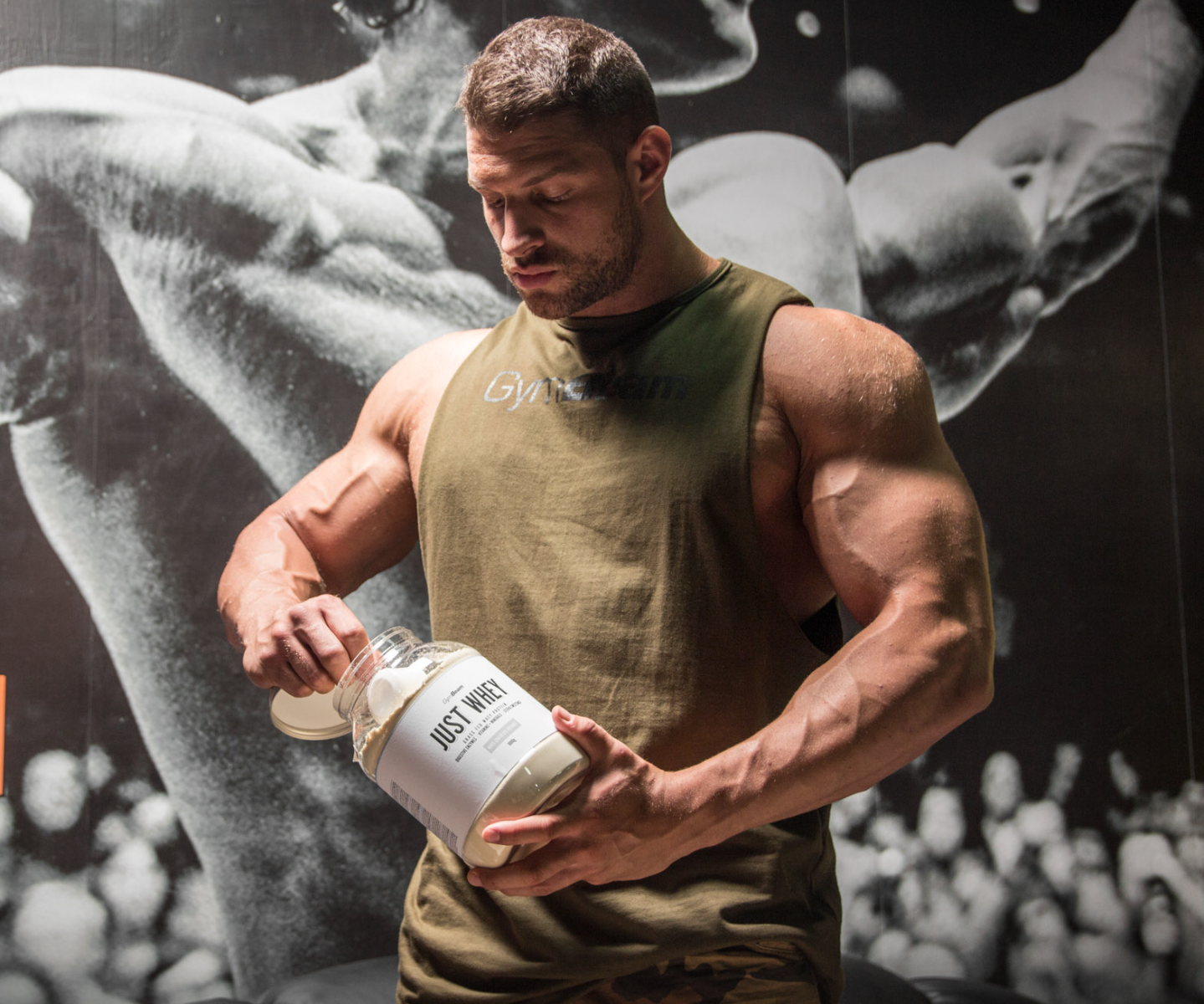
5. Protein powder
Are you worried that the protein in fitness cakes will not help you grow your muscles? You do not have to worry about that because the protein does not lose its effects on muscle growth when heated. The organism can use raw and also cooked forms of protein.
Denaturation of proteins is also done during digestion in the human body. The splitting of protein molecules begins in the stomach, where pepsin is released due to hydrochloric acid, which begins to cleave protein bonds to amino acids. In the stomach, there is 10-20% of the digestive process, which further continues in the small intestine. The pancreas will neutralize hydrochloric acid and create an alkaline environment. Enzymes later work on the cleaving of protein into the smaller amino acids. Frankly said, the stomach and the thin intestine “boil” the proteins in the same way as if you were to fry them on the pan.
The fact is, however, that the protein powder mixed with water is easier for the organism to digest than protein pancakes. This does not mean that boiled protein will lose nutritional values. You can freely continue to prepare your protein muffins or other fitness recipes made of protein powder. The organism will take the nutrients it needs in the same way as from the drinking of a protein shake.[4] [5]
It does not matter whether you mix your favorite protein with water in a shaker or you bake a cake. The protein content will not change when cooked. The denaturation changes only the structure of the protein molecules but does not affect their nutritional value. We believe that you have learned all the necessary information about denaturation in this article and continue to keep cooking and enjoying fitness treats made of protein. If you liked the article, support it by clicking the like button and share it with your friends.
[1] Jay R. Hoffman, Michael J. Falvo - Protein – Which is Best? – https://www.ncbi.nlm.nih.gov/pmc/articles/PMC3905294/
[2] Derrick Arrington - Denaturation of Protein: Definition & Causes Video – https://study.com/academy/lesson/denaturation-of-protein-definition-causes-quiz.html
[3] Denaturation of Proteins – http://chemistry.elmhurst.edu/vchembook/568denaturation.html
[4] What Does it Mean to Denature a Protein? – https://culinarylore.com/food-science:what-does-it-mean-to-denature-a-protein/
[5] Benna Crawford - Does Cooking Food Affect Protein Content? – https://www.livestrong.com/article/519632-does-cooking-food-affect-protein-content/
[6] Gavin Van De Walle - 9 Important Functions of Protein in Your Body – https://www.healthline.com/nutrition/functions-of-protein
[7] Denaturation and Protein Folding – https://bio.libretexts.org/Bookshelves/Microbiology/Book%3A_Microbiology_(Boundless)/7%3A_Microbial_Genetics/7.07%3A_Protein_Modification%2C_Folding%2C_Secretion%2C_and_Degradation/7.7B%3A_Denaturation_and_Protein_Folding

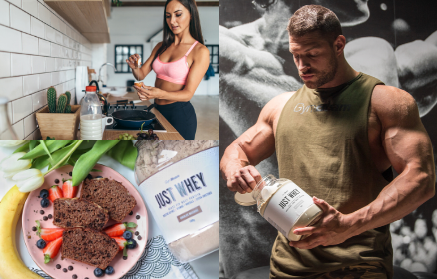
Add a comment